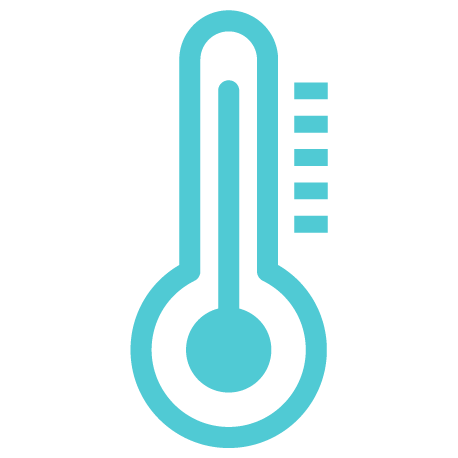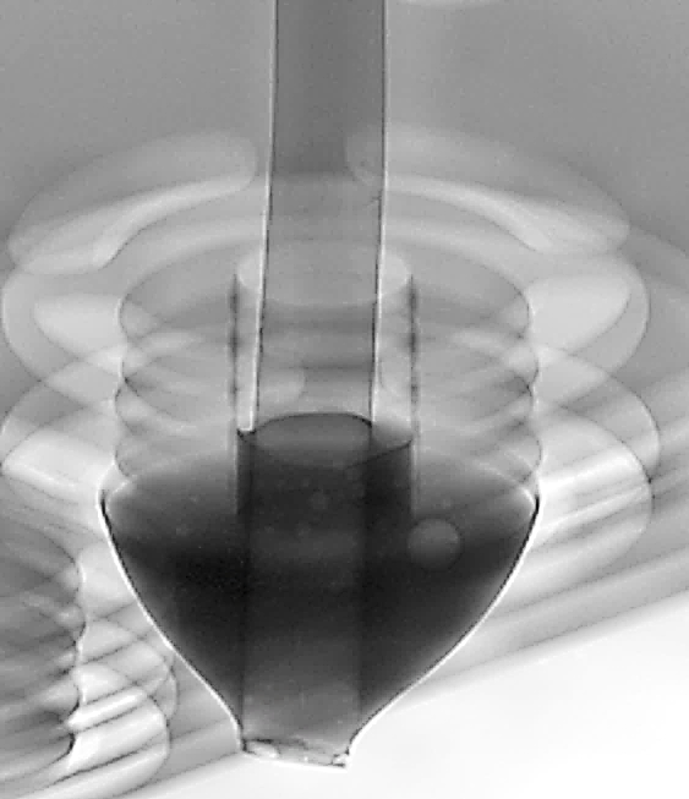From Brazing to Electronics
When we talk about solderability in through-hole technology (THT), most engineers think about alloy composition and temperature profiles. But the fundamentals reach much deeper — back to the principles of brazing as defined in DIN 8514, a classic standard in joining technology.
DIN 8514 identifies four factors that determine the manufacturability of a brazed joint. These same principles — when adapted to the electronics world — explain why some solder joints wet beautifully and others fail due to voids, dewetting, or incomplete fill.
Let’s explore how these timeless brazing insights apply directly to modern THT soldering and PCB design-for-manufacturing, showing the key factors influencing THT solderability.
1. Material Combination: The Foundation of soldering
In brazing, material pairing dictates whether the filler metal will wet and bond properly. The same rule holds true for electronics. After all, soldering is ultimately a diffusion process.
In THT soldering, the combination of solder alloy, component lead, and PCB surface finish determines how reliably the solder joint will form.
- A SnAgCu (SAC) alloy behaves differently on ENIG, HASL, or OSP finishes.
- Copper dissolution can occur if dwell times or solder pot temperatures are too high, which are often driven by bad joint design.
- Tin-lead vs. lead-free finishes create significant differences in wetting angles and intermetallic growth.
👉 Best practice: Match component plating and PCB finish to your solder alloy.

In brazing, material pairing dictates whether the filler metal will wet and bond properly. The same rule holds true for electronics.
In THT soldering, the combination of solder alloy, component lead, and PCB surface finish determines how reliably the solder joint will form.
- A SnAgCu (SAC) alloy behaves differently on ENIG, HASL, or OSP finishes.
- Copper dissolution can occur if dwell times or solder pot temperatures are too high, which are often driven by bad joint design.
- Tin-lead vs. lead-free finishes create significant differences in wetting angles and intermetallic growth.
👉 Best practice: Match component plating and PCB finish to your solder alloy.
2. Joint Design: Capillarity, Accessibility Matter and solderability
In brazing, the joint gap and geometry control the flow of molten filler through capillary action. The same physics governs solder flow in THT holes and pads. Additionally, the copper connection between PTH and layers, PCB thickness and layer thickness drive the thermal requirements of a THT solder joint.
For optimal THT solderability:
- Ensure the hole diameter allows a capillary rise of molten solder without risking early solidification, trapping flux or air.
- Avoid thermal risks by process physics aligned solder joint design including
- Thermal vias
- Thermal pads/ heat traps
- Adequate bottom side annular pad size for robust heat transfer
Poor joint design can hardly be compensated by flux or temperature, causes considerable additional cost for design respins and rework.
👉 Design tip: For good vertical fill, consider PCB thickness to correctly dimension the hole-to-pin clearance to improve process robustness and quality.
3. Surface Condition and Cleanliness: The Invisible Killer
Even the best solder alloy and hole design will fail if the surfaces are contaminated.
In both brazing and electronics, oxide films and organic residues act as barriers that block wetting.
In THT assembly, the main culprits are:
- Oxidized component leads due to poor storage or high humidity
- Contaminated PCB finishes (e.g., fingerprints, flux residues, dust)
- Long-term aging of OSP or immersion tin surfaces
👉 Best practice:
- Apply nitrogen inerting in wave soldering to minimize reoxidation.
- Verify solderability through wetting balance or dip tests, especially for incoming components.
How to Measure THT Solderability
Common test methods include wetting balance analysis, dip-and-look evaluation (per IPC-J-STD-002), and hole-fill inspection (per IPC-A-610).
These tests quantify wetting time, spread area, and solder coverage — helping manufacturers verify both component and PCB solderability before production.
4. Process and Thermal Control: The Art of Temperature Profiling
The last factor — process control — turns theory into reality.
The temperature-time profile determines how the flux activates and how long the solder remains fluid for capillary action and hole filling to complete.
- Too cool preheating rate may lead to incomplete wetting and insufficient hole fill or even bridging.
- Too hot preheating may burn flux before the actual soldering contact.
- Excessive dwell causes intermetallic thickening and solder embrittlement and even worse copper dissolution.
👉 Optimization tips:
- Use preheating stages to evaporate solvents and activate flux gently and yet sufficiently to ensure good soldering quality.
- Control the solderability of the THT joint design to avoid excessive that peak temperature and contact time (typically 2–4 s above liquidus in THT).
Modern selective soldering systems allow precise control of these variables — but only if the underlying joint design and surface preparation are right.


Conclusion: THT Solderability Is a System Property
Good THT soldering quality is not just a function of flux chemistry or machine settings. It’s a system property influcenced by multiple key factors — defined by the interaction of materials, design, surfaces, and process control.
The four brazing principles from DIN 8514 remain just as relevant today:
- material compatibility,
- joint design,
- surface condition,
- and process control.
By understanding and optimizing these four factors, manufacturers can dramatically improve solder joint quality, reproducibility, and yield, while reducing rework and inspection effort.
Ready to reduce THT issues?
Learn how Solder Copilot™ helps engineers visualize, document, and optimize solder joint parameters for consistent manufacturability.

